ISLAMABAD: After 20 years of military engagement and billions of dollars spent, NATO and the United States still grapple with the same, seemingly intractable conundrum — how to withdraw troops from Afghanistan without abandoning the country to even more mayhem.
An accelerated US drawdown over the past few months, led by the previous US administration, has signaled what may be in store for long-suffering Afghans.
Violence is spiking and the culprits are, well, everyone: the Taliban, ISIS, warlords, criminal gangs and corrupt government officials.
Currently, 2,500 US and about 10,000 NATO troops are still in Afghanistan. NATO defense ministers will meet on Wednesday and Thursday to discuss the way forward.
Meanwhile, President Joe Biden is reviewing his predecessor’s 2020 deal with the Taliban, which includes a May 1 deadline for a final US troop withdrawal from the war-ravaged country.
In Washington, calls are mounting for the US to delay the final exit or renegotiate the deal to allow the presence of a smaller, intelligence-based American force.
All key players needed for a stable post-war Afghanistan come with heavy baggage.
The Taliban now hold sway over half the country and both sides in the conflict have continued to wage war, even after peace talks between the Taliban and the Kabul government began last year in Qatar.
The Taliban have lately been accused of targeted killings of journalists and civic leaders — charges they deny. But they lack credibility, particularly because they refuse to agree to a cease-fire. There is also no proof they have cut ties with Al-Qaeda militants as required under the Taliban-US deal. A January report by the USTreasury found that they continue to cooperate and that Al-Qaeda is getting stronger.
Some reports from areas under Taliban control speak of heavy-handed enforcement of a strict interpretation of Islamic law: While the Taliban allow girls to go to school, the curriculum for both boys and girls seems mostly focused on religion. There is little evidence of women’s progress in the deeply conservative, rural areas.
Afghan warlords — some accused of war crimes — have been co-opted by international forces since the 2001 collapse of the Taliban regime, amassing power and wealth.
In a vacuum that would follow the withdrawal of foreign troops, activists and Afghans fear the heavily armed warlords would return to another round of fighting, similar to the 1992-1996 bloodletting. At that time, the warlords turned their firepower on each other, killing more than 50,000 people, mostly civilians, and destroying much of the capital, Kabul.
Afghan forces have also been accused of heavy-handedness. In January, a new UN report said that nearly a third of all detainees held in detention centers across Afghanistan say they have suffered some form of torture or ill-treatment. Corruption is rampant and government promises to tackle it, according to a US watchdog, rarely go beyond the paper.
The regional affiliate of the Daesh group, which in particular targets the country’s minority Shiites, has grown more brazen and violent, its attacks increasing in frequency and audacity, testing a weak security apparatus.
Despite nearly $1 trillion spent in Afghanistan — of which a lion’s share went on security — lawlessness is rampant. According to the US State Department, crime in Kabul is widespread, with criminals typically working in groups and using deadly force. “Local authorities are generally ineffective in deterring crime,” the State Department said.
“Officers openly solicit bribery at all levels of local law enforcement. In some cases, officers carry out crimes themselves.”
Economic benchmarks are no better. The World Bank said the poverty rate rose from 55% in 2019 to 72% in 2020. Two-thirds of Afghans live on less than $1.90 a day. Unemployment rose in 2020 to 37.9%, from 23.9%, the World Bank said last week.
“This is an absolute disgrace given the billions spent on this country over the last two decades,” Saad Mohsini, owner of Afghanistan’s popular TOLO TV, tweeted in response. “Who will stand up and take responsibility?”
Meanwhile, Afghan youth, activists, minorities and women worry that the freedoms they have won since 2001 — while still fragile — will be lost to a Taliban-shared government, and if not to the Taliban, then to warring warlords.
For the US and NATO, the big concern is national security. Both want guarantees that Afghanistan will not again become a safe haven for terrorist groups as it was both during the Taliban era and when warlords ruled.
Among them is Abdur Rasoul Sayyaf, now a key player in Kabul, whose group brought Al-Qaeda’s Osama bin Laden to Afghanistan from Sudan in May 1996. Sayyaf was the inspiration behind the Philippine terrorist group Abu Sayyaf.
Gulbuddin Hekmatyar, another warlord in Kabul, briefly gave bin Laden a safe haven following the 2001 US-led invasion that ousted the Taliban, who had up to that point sheltered the Al-Qaeda leader. In 2017, Hekmatyar signed a peace agreement with Afghan President Ashraf Ghani and is now a member of the country’s wider peace reconciliation council.
Back in 2012, Human Rights Watch warned NATO that unless it held government forces as well as the Taliban accountable for abuses, the alliance’s “legacy would be a country run by abusive warlords — including the Taliban — and unaccountable security forces,” said Patricia Gossman, associate director for Asia at the New York-based group.
Analysts agree there is no easy solution to Afghanistan’s deteriorating conditions, regardless of whether NATO stays or goes.
“Let’s be very clear: A fragile peace process meant to stabilize the security environment hangs in the balance against the backdrop of a rogue’s gallery of spoilers,” said Michael Kugelman, deputy director of the Asia Program at the Washington-based Wilson Center.
Some say NATO and the US should send a strong message for peace to all sides in Afghanistan’s protracted conflict.
“The US and NATO must be very clear […] that they do not wish more war in Afghanistan, that they want a political settlement between the warring parties and that those leaders who shout for more war, on both sides, are no longer good partners with the international community,” said Torek Farhadi, political analyst and former adviser to the Afghan government.
“Absent a political settlement, Afghanistan is headed for a bitter civil war and potentially the country being fractured in the longer run,” he added.


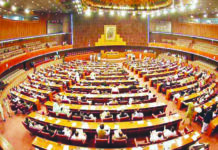



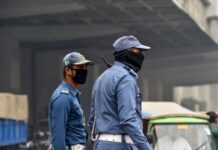






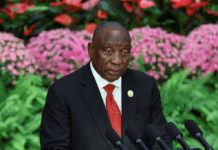





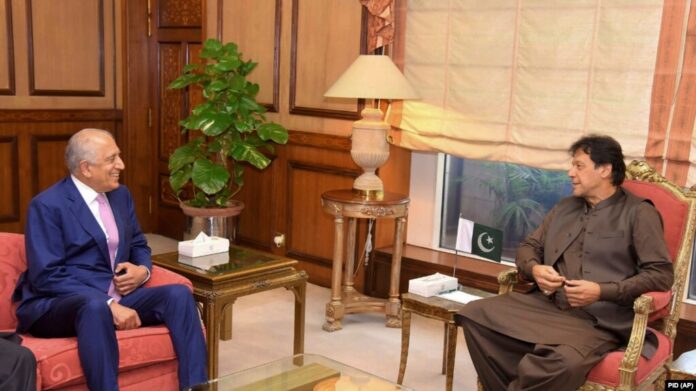
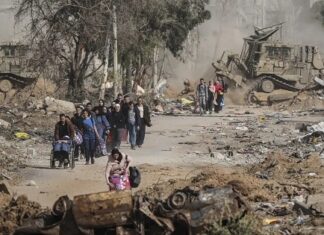



Pakistan and its agency ISI are happy when NATO leaves Afghanistan and these people take advantage of the unrest and instability in Afghanistan. The Taliban are certain to seize power with NATO’s exit from Afghanistan, which is ultimately going to be beneficial for Pakistan. This is why Pakistan supports the Taliban. Therefore, NATO’s exit from Afghanistan is going to prove dangerous for regional peace. NATO should still remain in Afghanistan for stability and peace.